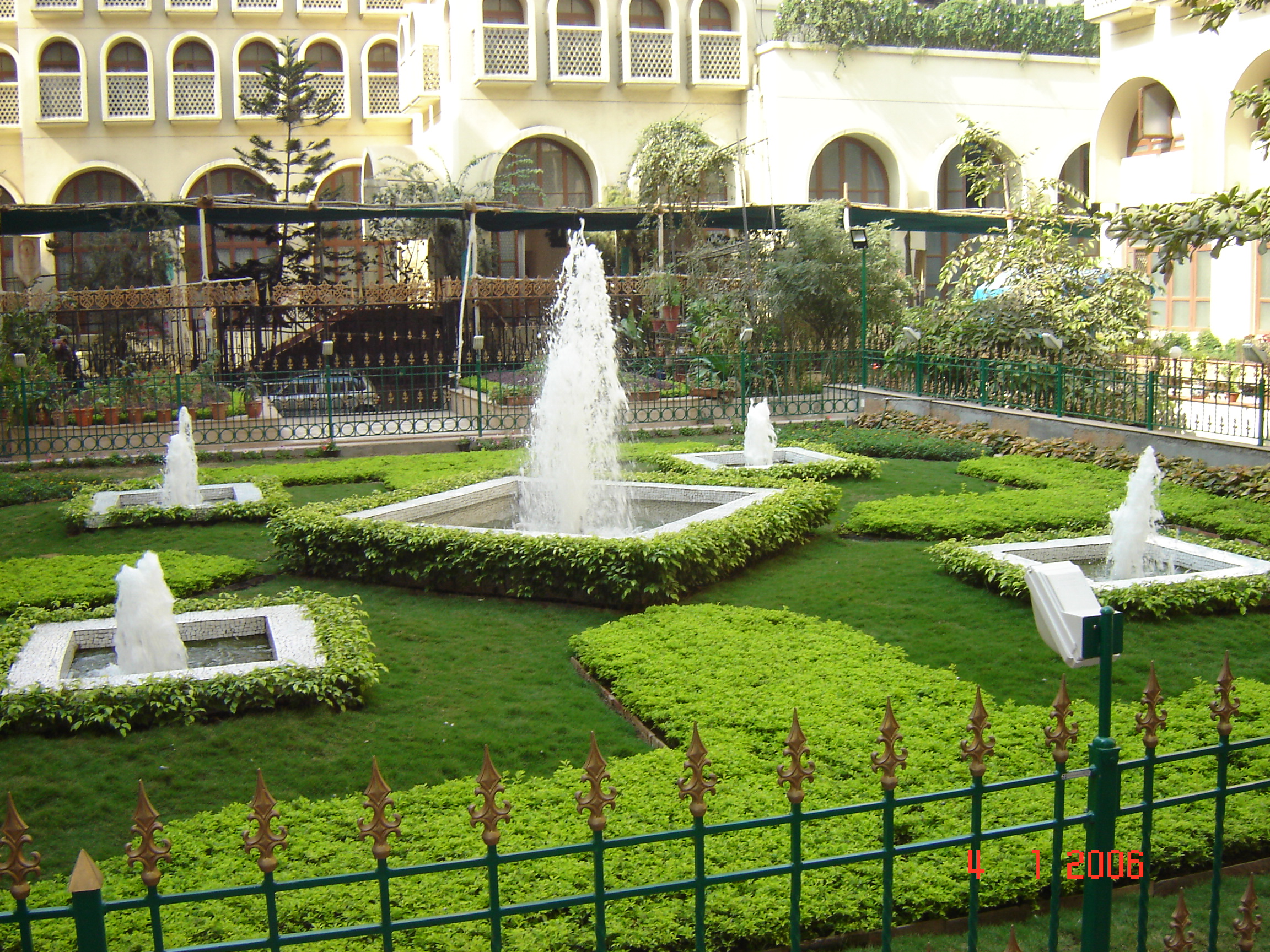
2021-09-23T10:26:16
Creating focal points in your garden water features + courtyards Creating beautiful outside spaces is, for many people, an enjoyable part of owning a home. Challenges can arise when choosing focal points for specific spaces, but creating those focal points is one of the easiest ways to make a garden that’s a little ho-hum feel more curated and intentional. Landscape architects, gardeners and horticulturalists define focal points as plants or objects that stand out and draw attention to a specific area of a garden or outdoor space. Focal points can be restful, dramatic, or even whimsical. They can be used as way-finders – a method of guiding people to a destination, or a designate spot tailor-made for special moments to occur. Most of all, they control how the garden is viewed. Experts say that the guiding principle to be remembered is that focal points are always viewed with the other elements in a setting. Although the focal point itself may be the object that stands out and guides the eye, it also has to fit in with the overall landscape aesthetic. Two types of outdoor focal points are water features and courtyards, items that frequently co-exist in a landscape. Dawn Hart, co-owner of ACE Garden Center, on St. Simons Island, said water features remain a popular addition to all sorts of landscapes. They are especially favored during periods when people are spending more time at home and have time to create their own oases. “Our inventory is low at the moment because of it, ” said Hart. “I have more fountains on order, but nationally, supply chain delays have impacted their availability.” Having a water feature not only provides a focal point, but creates a tranquil atmosphere that has an effect on all the senses. “There’s something therapeutic about the sound of running water, ” she said. “Fountains and ponds help provide a habitat for fish, plants, birds and other wildlife. Birdbaths, of course, can be a nice feature to look at, while enjoying the birds that pause to bath themselves.” Like other landscaping elements, fountains do not function in a vacuum. Hart explained that fountains can accentuate a flower bed in the middle of a circular driveway or courtyard, in between windows in a front shrub bed, or adjacent to a wall in a patio or courtyard. There are also tabletop fountains for small spaces on outside porches or patios that require only a nearby electrical outlet and a table upon which to perch. “Ponds are usually integrated into a landscape plan primarily to break up green space in a back garden with added features of large rocks, bridges or fountains, ” she said. Deciding on the right water feature can pose occasional complications, but Hart said there are a few guiding principles to follow. “Home architectural styles often dictate fountain selection, with designs from the ornate to sleek and contemporary, ” she said. “In our coastal community, designs that have an Italian influence seem to blend well with the Mediterranean stucco residences, while some of the more contemporary bowl and rectangular designs create more interest for those after a more modern or mid-century look.” Having a water feature is wonderful, but there’s more to do than simply gaze upon it. “These pleasurable garden features do come with a bit of elbow grease, ” Hart said, explaining that people who install them in their yards should note that fountains and birdbaths require monthly maintenance in this humid coastal climate. They should be cleaned once a month to keep the algae clear from basins and fountain pumps, she said. Chlorine should not be used to clean fountains as it will shorten the life of the pump. Ponds are a whole other story. Hart says the installers’ recommendations should be followed to maintain water clarity, which will also depend on whether fish and/or plants will be present in the water.

Have a question? Ask here!
Required fields are marked *